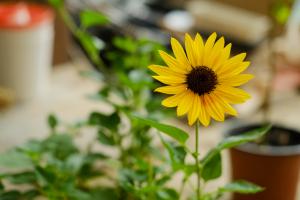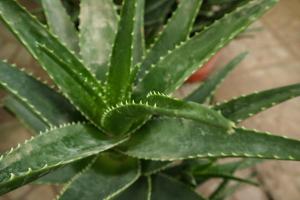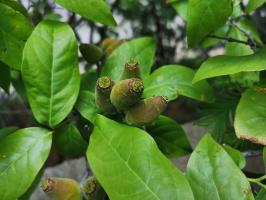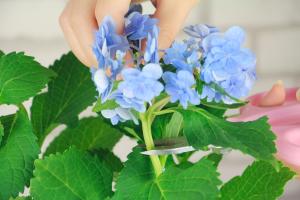Introduction
Watering potted plants can be a challenging task, particularly for those who are new to gardening. You might wonder how much water to give your plants, how often to water them, and the best method to water them. Watering plants from the bottom is an effective technique that can make a significant difference in their health and growth. In this article, we will delve into the reasons why watering potted plants from the bottom is beneficial and how it can help your plants thrive.
What is watering plants from the bottom?
Watering from the bottom, also known as sub-irrigation, involves watering plants by placing their pots in a tray or saucer filled with water. The roots of the plant draw up water through the drainage holes at the bottom of the pot, ensuring that they receive the right amount of moisture.
Why water potted plants from the bottom?
There are several reasons why watering potted plants from the bottom is a preferred method:
Helps prevent overwatering: Watering from the top can lead to overwatering, as excess water might not drain out properly. However, watering from the bottom ensures that the plant only takes the amount of water it needs and eliminates the chances of waterlogging.
Promotes root growth: When you water from the bottom, the roots grow downwards in search of water. This leads to better nutrient absorption, stronger root systems, and healthier plants.
Minimizes plant stress: Plants can experience stress when their soil becomes too dry or too wet. When you water potted plants from the bottom, you provide even moisture to the entire root system, which minimizes stress and enhances plant growth.
Prevents leaf and stem damage: Watering from the top can lead to water collecting on the leaves and stems, which can cause fungal growth and other diseases. Sub-irrigation keeps the water away from the leaves and stems, thus preventing damage.
How to water potted plants from the bottom?
Now that you understand the benefits of watering potted plants from the bottom, let's explore how you can implement this technique:
Choose the right saucer: You need a saucer or tray that's big enough to hold your pot and allow excess water to drain away. Make sure that the saucer is deep enough to hold sufficient water to hydrate the plant.
Add water to the saucer: Add water to the saucer, making sure that it doesn't cover the pot's bottom drainage holes. You can use a watering can or a jug to pour water into the saucer.
Place the pot onto the saucer: Place your plant pot onto the saucer with the drainage holes resting in the water. Make sure that the water level is just below the pot's bottom.
Allow the plant to absorb water: Leave your plant in the water-filled saucer for at least 15-20 minutes, allowing the roots to soak up the water. You can check the water level periodically to ensure that it hasn't dried up.
Remove excess water: After the plant has had time to absorb the water, remove any excess water from the saucer to prevent waterlogging.
Conclusion
Watering potted plants from the bottom is a simple yet effective method that can help your plants thrive. By providing even moisture to the entire root system, you prevent overwatering, promote root growth, minimize plant stress, and prevent leaf and stem damage. Remember, the key is to use a deep enough saucer and never let the water level rise above the pot's bottom drainage holes. Try it out and see how this technique can make a significant difference in your plants' health and growth!

 how many times do yo...
how many times do yo... how many planted tre...
how many planted tre... how many pine trees ...
how many pine trees ... how many pecan trees...
how many pecan trees... how many plants comp...
how many plants comp... how many plants can ...
how many plants can ... how many plants and ...
how many plants and ... how many pepper plan...
how many pepper plan...
































